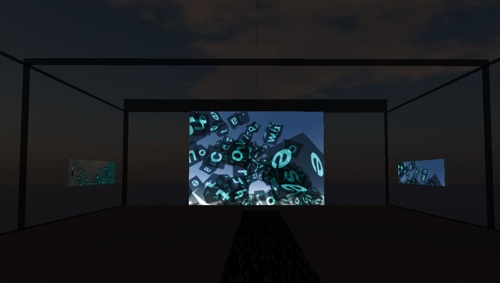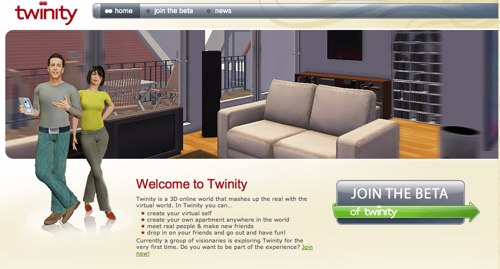Linden Lab have announced the appointment of their new CEO, former Organic Inc. CEO Mark Kingdon.
There’ll be endless analysis and speculation on Kingdon in coming days and weeks – the reality is likely to be a CEO who knows he needs to meet the expectations of a board whose chairman filled his shoes previously. It’s hard to imagine any radical change in business approach, although Kingdon’s previous role with Organic may be telling: they describe themselves as leaders in ’empathy-based experience design’. That’s something that can always be used with Second Life.
The full press release from Linden Lab:
Linden Lab Appoints Mark Kingdon As Chief Executive Officer
Former CEO of Organic to lead company into next phase of its evolution
SAN FRANCISCO, Calif., April 22, 2008 – Linden Lab
Kingdon will lead the day-to-day management and operations of the company, working closely alongside Linden Lab founder, former CEO and current chairman Philip Rosedale.
Since 2001, prior to joining Linden Lab, Kingdon served as chief executive officer of Organic Inc. , a leading digital communications agency, establishing its reputation as a groundbreaking, innovative provider of user-centered design. Prior to Organic, Kingdon worked with idealab!, providing strategic guidance and operational support to emerging companies. Before that, Kingdon was a partner with the consulting division of PricewaterhouseCoopers, LLP (PwC), where he held a variety of senior roles throughout his twelve-year tenure. He received an MBA from the Wharton School of Business and a BA in Economics from UCLA.
“Our search for the leader of Linden Lab demanded both tremendous business skills and a deep understanding and passion for Second Life and where it is going. Mark is the perfect choice,†said Philip Rosedale, founder and chairman of the board, Linden Lab. “His management style, unwavering leadership in the face of great challenges, and approach to team-building exactly matches Linden’s needs. He is a passionate believer in the potential of virtual worlds to change the world, and I look forward to working by his side while we watch it happen.â€
“We wanted to find someone with an exceptional blend of strategic, analytic, business and leadership skills, but also with endless creativity and a passion for the company and growing the virtual worlds category,†said Mitch Kapor, founder of Lotus Development Corporation and a Linden Lab board member. “Mark has demonstrated all of these attributes throughout his career, particularly at Organic, which, like Linden Lab, puts an incredible emphasis on overall user experience and design.â€
“Joining Linden Lab at this moment in its evolution, with so much growth and opportunity on the horizon, is incredibly exciting and I look forward to working with Philip and the Linden Lab team to help Second Life realize its limitless potential,†said Mark Kingdon, Chief Executive Officer, Linden Lab. “To me, the CEO role at Linden Lab combines perfectly my passions for art and design, business and technology. Until Second Life, we experienced the digital world passively in two dimensions. By enabling users to create a rich and immersive virtual world, Second Life is transforming the way we connect, collaborate, learn and transact online. I am thrilled to be part of this epic transformation.â€
Kingdon assumes the position full time on May 15, 2008.”






Recent Comments